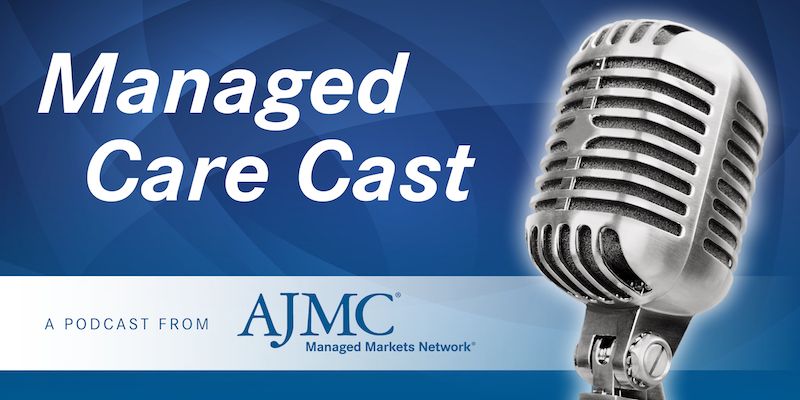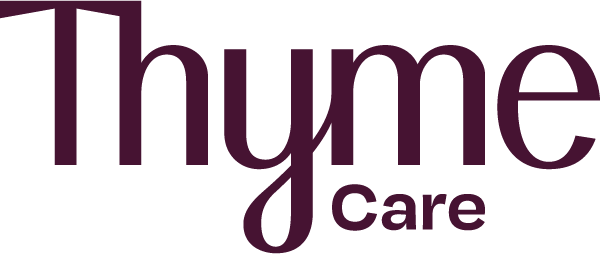Article
Paying for Innovation in Cancer Care Means No Easy Answers
Author(s):
From making the Oncology Care Model work to the challenges of paying for CAR T-cell therapy, panelists at the National Comprehensive Cancer Network Policy Summit discussed how the cost of innovation affects decisions.
As Ron Kline, MD, put it, if figuring out how to pay for innovation in cancer care was easy, someone would have already done it.
“We know it’s hard. We know it’s going to take a while,” said Kline, medical officer in the Patient Care Models Group for the Center for Medicare and Medicaid Innovation (CMMI) at CMS.
Kline was on hand to discuss the Oncology Care Model (OCM), the 5-year effort to rethink cancer care delivery while cutting costs in Medicare, during a discussion hosted by the National Comprehensive Cancer Network (NCCN) of how to balance the revolution in cancer therapy with the need to pay for it.
As Kline explained during the session, “Paying for Innovation,” part of NCCN’s June 25 Policy Summit in Washington, DC, the OCM shouldn’t be easy in the early going—if it was, then CMMI would know it hadn’t truly pushed the envelope. But CMMI wants practices to succeed, and the early results show that 25% of practices cut costs 7%. “Sixty percent of practices decreased costs, compared with the baseline,” he said.
Guided by questions from moderator Cliff Goodman, PhD, of The Lewin Group, panelists discussed today’s challenges in cancer care: the need to simultaneously overhaul delivery systems while learning to use—and bill for—some of most complex therapies and technologies ever conceived. Heading that list are chimeric antigen receptor (CAR) T-cell treatments, gene therapies that can take 2 to 4 weeks to manufacture for a specific patient at a cost of up to $475,000 just for the drugs.
But paying for innovation is more complicated than figuring out how to pay for CAR T-cell treatments or targeted therapies. It’s also about helping patients who will live with cancer as a chronic condition, such as those with certain blood disorders.
“The advance of novel, innovative therapies have transformed treatment,” said Meghan Gutierrez, CEO of the Lymphoma Research Foundation. The combination of new treatments, diagnostic tests, and sequencing have produced more information about the disease. Patients have more opportunities than ever for better care, but for many, treatment will not be a one-time event. “Patients recognize they are likely to be in and out of care for the rest of their lives,” she said.
Innovation isn’t just about approving new therapies, said Pavan Reddy, MD, FACP, of the Cancer Center of Kansas. Precision medicine means identifying treatments that are “tumor agnostic,” based on biomarkers, as well as research that tells clinicians when they can “de-escalate” or stop treatment, he said.
Reimbursement drives decisions
Gutierrez said patients are citing treatment costs as a factor in their medical decisions. “Increasingly, patients are speaking to the economic burden across their lifetime,” she said. Therapies can extend life well beyond what was once imaginable, but with these advances come rising out-of-pocket costs.
Stephanie Farnia, MPH, director of health policy and strategic relations for the American Society for Blood and Marrow Transplantation, is a veteran of dealing with reimbursement challenges. Things like delays in getting treatment codes, so that physicians can bill properly, can be a barrier to life-saving advances.
Panelist and cancer survivor Stefanie Joho lives with fatigue from the immunotherapy that saved her life, but, as Goodman noted, “some long-term impacts are unknown.” In Joho’s case, that’s still better than what she was facing when her sister refused to accept the grim prognosis that nothing could be done for Joho’s colon cancer, and scoured the internet until she found an appropriate clinical trial. Other panelists conceded that some oncologists, especially in rural areas, don’t always refer patients for clinical trials. At this point, CAR T-cell therapies are unlikely to be delivered outside of a major academic medical center with expertise in transplants, said Caron A. Jacobson, MD, of the Dana Farber Cancer Institute/Brigham and Women’s Hospital in Boston, Massachusetts.
Kline, however, found this to be a “cop out.”
As a pediatric oncologist, he said clinical trials for young patients “are the standard of care.”
Joho and others said they’d like to see more patients enroll in clinical trials, although they recognize barriers like travel. Michael Ybarra, MD, representing the Pharmaceutical Research and Manufacturers of America (PhRMA), said that drug makers are concerned about the ability of rural patients to gain access to trials, but factors like hospital consolidations and benefit design also create access barriers. A major driver of consolidation in the healthcare industry has been the 340B program, which groups such as the Community Oncology Alliance say has been exploited beyond its original mission, to the detriment of community providers.
The arrival of CAR T-cell therapy
The fact that administering CAR T-cell therapy demands special expertise and permission means that certain centers are likely to have several patients receiving the therapy, increasing that institution’s risk. It’s something that creates lots of discussion among leading oncologists and hospital executives, according to the panelists. Jacobson said she’s been “pleasantly surprised” at the speed with which CAR T-cell therapies have moved from FDA approval into general use, but it hasn’t been without its challenges. Patients outside of clinical trials may have less economic means and family support, and thus far reimbursement with commercial payers is done through individual patient contracts, so there’s a heavy administrative burden.
That said, Jacobson said, for tisagenlecleucel (Kymriah), the first CAR T-cell therapy approved for forms of pediatric leukemia, “you’re only charged if you respond in the first 30 days.” In pediatric patients, responses rates are 96%, she said, and while adult responses to CAR T-cell treatments are not quite that high, they are “still very impressive.”
CAR T-cell therapy is such a game-changer that so far, CMMI is not including it in cost-of-care for OCM purposes, Kline said, because that would “overwhelm everything.”
Variables in the OCM
That said, Kline explained 2 factors in the OCM model—the novel therapy adjustment and the trend adjustment, which is based on regional cost factors—that allow practices to deal with externalities. But, Goodman asked, “Are you confident that the novel therapy adjustment will accommodate all this new stuff?”
The adjustments are receiving attention within CMMI to make them work, Kline said. He acknowledged Goodman’s observation that so far, there’s virtually no update of 2-sided risk in OCM, but he said that practices are just now getting back early rounds of data to see how they are faring.
When asked for a one-sentence summary of what’s next, Jacobson said, “It’s ultimately about solving the problem of reimbursement.” As CAR T-cell therapies are shown to work for more types of cancers, single-patient contracts won’t be sustainable, she said. The next step must be to pair innovation in technology with payment systems that can work out approvals “in real time.”
Reddy sees the growing ranks of underinsured as a challenge, and Ybarra agreed that matching benefits designs to patient needs—to do something about huge out-of-pocket costs—is essential.
Said Kline, “It’s about putting the responsibility for the cost in the physician-patient relationship.”





